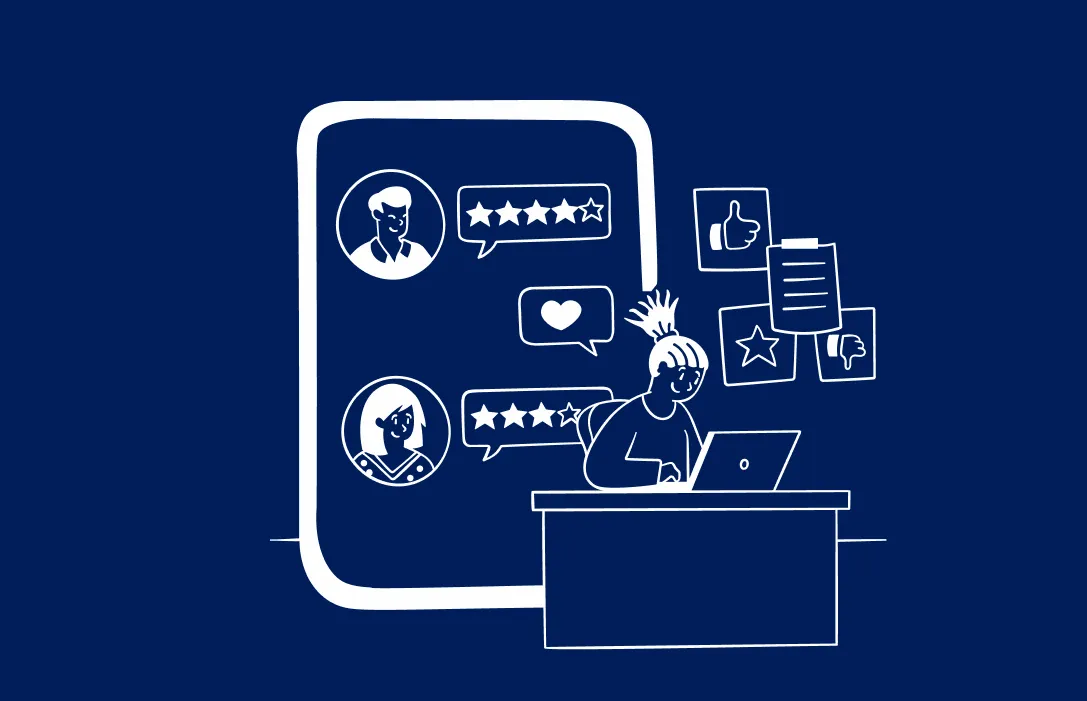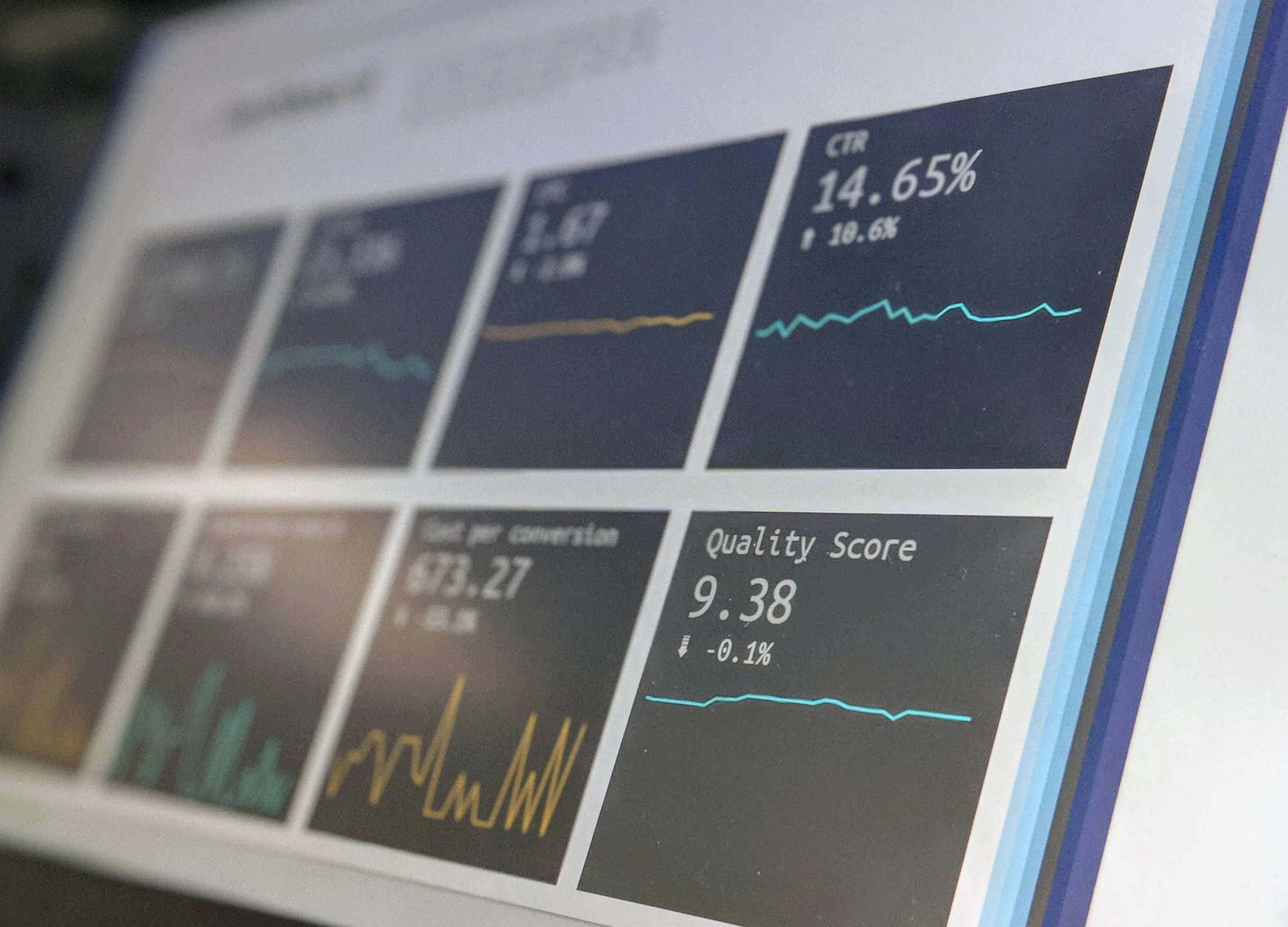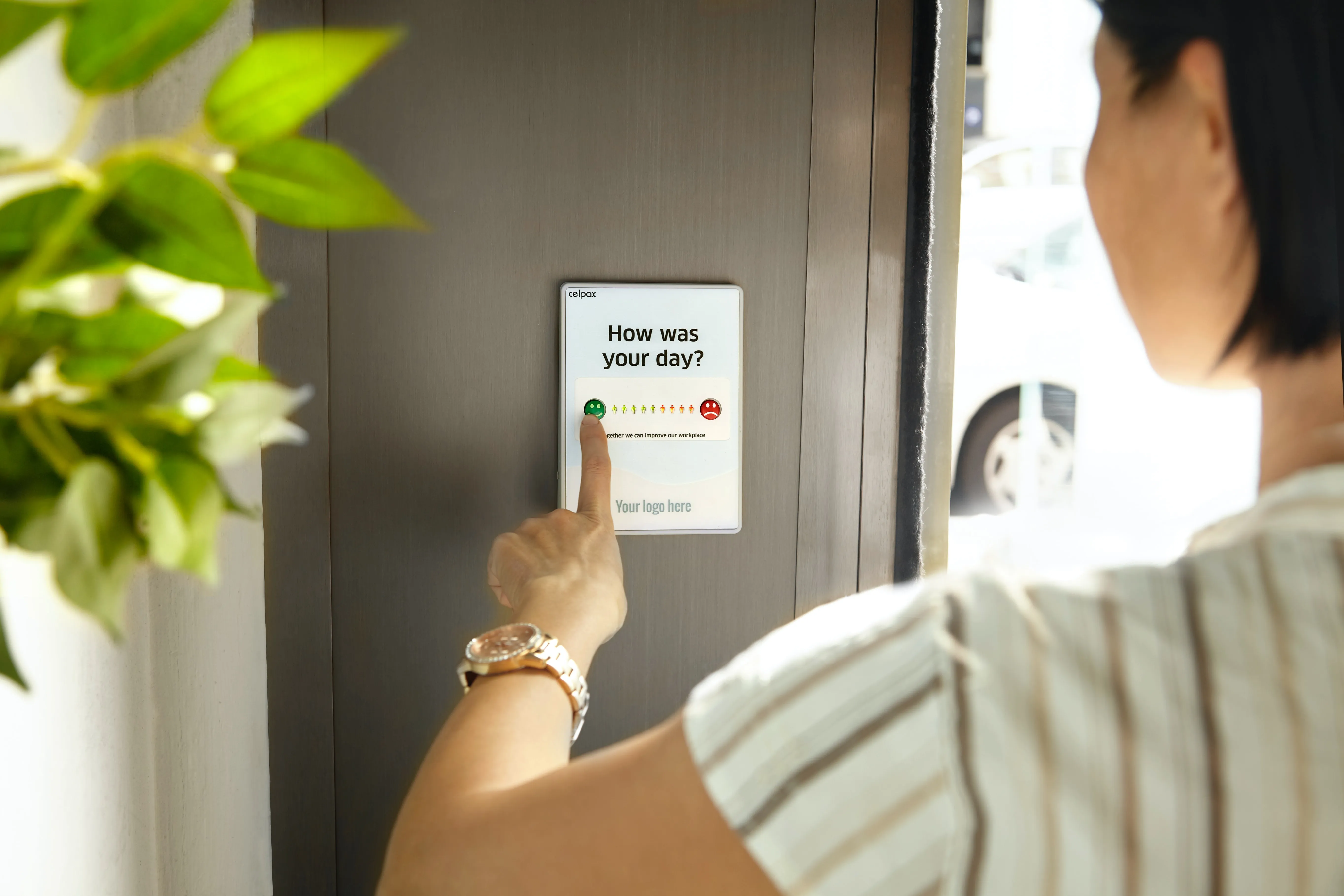Stop and think about the ideal CX manager.
To ensure success, he or she must wear multiple hats every single day:
- Planner: getting schedules in order, and ensuring the right people are working at the right time in alignment with demand for support.
- Professor: onboarding new team members, running training sessions, and upskilling existing staff.
- Coach: managing ongoing QA reviews and providing feedback to agents.
Balancing all of these responsibilities allows support operations to run smoothly—it also keeps agents feeling as engaged as possible.
Let’s take a closer look at workforce engagement and how equipping your CX managers with the right information and tools can boost agent engagement.
What is Workforce Engagement?
An engaged workforce feels a deep connection to your brand. Engaged team members are confident in your mission and committed to your cause. They don’t view their jobs as a paycheck; rather, they see themselves as part of something that’s having a measurable impact in an industry or community. Performing their jobs contributes to their personal growth and aligns with their career goals, too ⭐
When it comes to CX, engaged support agents feel empowered to deliver the best customer experiences possible. They’ve received the right knowledge, training, and tools to do their best work. When they’re stuck, they know where to look for answers to challenging questions. They feel respected, valued, and motivated—especially when managers take time to provide personalized coaching.
Workforce engagement is the sum of your systems, processes, and tools to keep agents engaged and committed.
Workforce Engagement vs. Workforce Management
“Workforce engagement” and “workforce management” can be easily confused. Although they sound interchangeable, workforce management should be a component of your workforce engagement strategy. Here’s a simple formula to illustrate this point:
Workforce Engagement = Workforce Management + Learning Management + Quality Management
Workforce management encompasses the scheduling and staffing part of a CX manager’s job. Learning management involves live training, online lessons, and knowledge base content. And, quality management ensures agents are delivering outstanding customer experiences and performing at peak potential.
All three parts come together to form a whole that’s greater than the sum of its parts. With these processes and technology in place, agents are provided with a much better, and more engaging, work experience.
Key takeaway: Maximizing agent engagement requires CX leaders to go beyond workforce management. Don’t overlook the other two variables in the equation!
Why Workforce Engagement is Important to CX
Developing a workforce engagement strategy sounds like more work for your already-too-busy CX managers. Why should they spend time cultivating engagement? Here are five reasons to consider:
1. Engaged agents are more motivated and perform better. Agents at Tails.com are happier and more confident since the company upgraded its onboarding, training, and quality management processes. They’re also performing better, too—one agent saw a 50% reduction in AHT thanks in part to MaestroQA’s Screen Capture feature.
2. Remote work can quickly erode agent engagement. The COVID-19 pandemic changed how CX teams work. With many people still working from home, agents are hungry for engagement. Learn how Brooklinen launched CX University to keep agents engaged and performing at high levels despite working remotely.
3. Engaged agents are less likely to leave. Engaged team members are invested in your company’s success. They want to see you win, and they want to be part of the victory. That makes them much less likely to go elsewhere.
4. Promoting engaged agents makes good business sense. Hiring from the outside can be time-consuming and risky, especially in a tight labor market. Promoting from your pool of engaged agents can be an excellent way to fill open seats while keeping pace with support volumes. Plus, engaged agents tend to see themselves as a long-term part of your company, which makes them more likely to take on new challenges.
5. Engaged agents are well-rounded people who can help you build capacity. Consistently feeding agents’ minds with high-quality training material and personalized feedback helps them expand the breadth and depth of their knowledge. The more that your frontline agents know and feel comfortable doing, the more customers your CX team can serve with fewer ticket escalations.
3 Types of Workforce Engagement Tools
What types of tools does your CX team need to keep agents engaged? Start by evaluating tools that align with each component in the workforce engagement equation:
Workforce Management Software
A workforce management system helps CX managers anticipate fluctuations in support volumes and schedule agents in accordance with ticket demand. It also provides transparency so that an agent is not scheduled on an off-day. In other words, it helps managers efficiently schedule in alignment with the company’s goals while being sensitive to agents’ personal lives
Learning Management Software
CX managers use learning management software (aka “LMS”) to create and share product knowledge with agents. Some LMS platforms offer integrated testing (or “lessons”) that can be gamified to improve agent engagement. Reporting and tracking is another key component. Check out our case study to see how wedding company Zola elevated agent performance by integrating their LMS and QA systems.
Quality Management Software
Engaged agents care about their performance and growth trajectory. A quality management (aka “QA”) system (like MaestroQA!) delivers the types of QA insights and feedback that agents are hungry for. It also serves as the foundation for healthy coaching conversations between CX managers and agents. Regularly observing how agents do their jobs makes it easier to identify product knowledge gaps and signs of agent burnout—which can be used to refine schedules and training materials.
Elevate Agent Engagement with MaestroQA
Looking for a scalable way to boost agent engagement through QA?
MaestroQA makes it easy to grade agent interactions, plan meaningful coaching sessions, and provide agents with regular and thoughtful feedback.
Request a demo of MaestroQA.






.webp)
.webp)


.webp)






-p-500.webp)
.webp)
.webp)
%2520(1).webp)
.webp)
%2520(1)-p-800.webp)
.webp)
.webp)
.webp)
%2520(1).webp)
%2520(1).webp)
%2520(1).webp)
%2520(1).webp)
%2520(1).webp)
%2520(1).webp)
.webp)
.webp)
%2520(1).webp)

.webp)


.webp)

.webp)
.webp)
.webp)


.webp)
.webp)

.webp)
.webp)

.webp)



.webp)

.webp)
.webp)

.webp)
.webp)



.webp)
.webp)
.webp)
.jpeg)



.webp)
.webp)
.webp)
.webp)

.webp)


.webp)
.webp)

.webp)




.webp)
.webp)


.webp)
.webp)


.webp)
.webp)

.webp)


